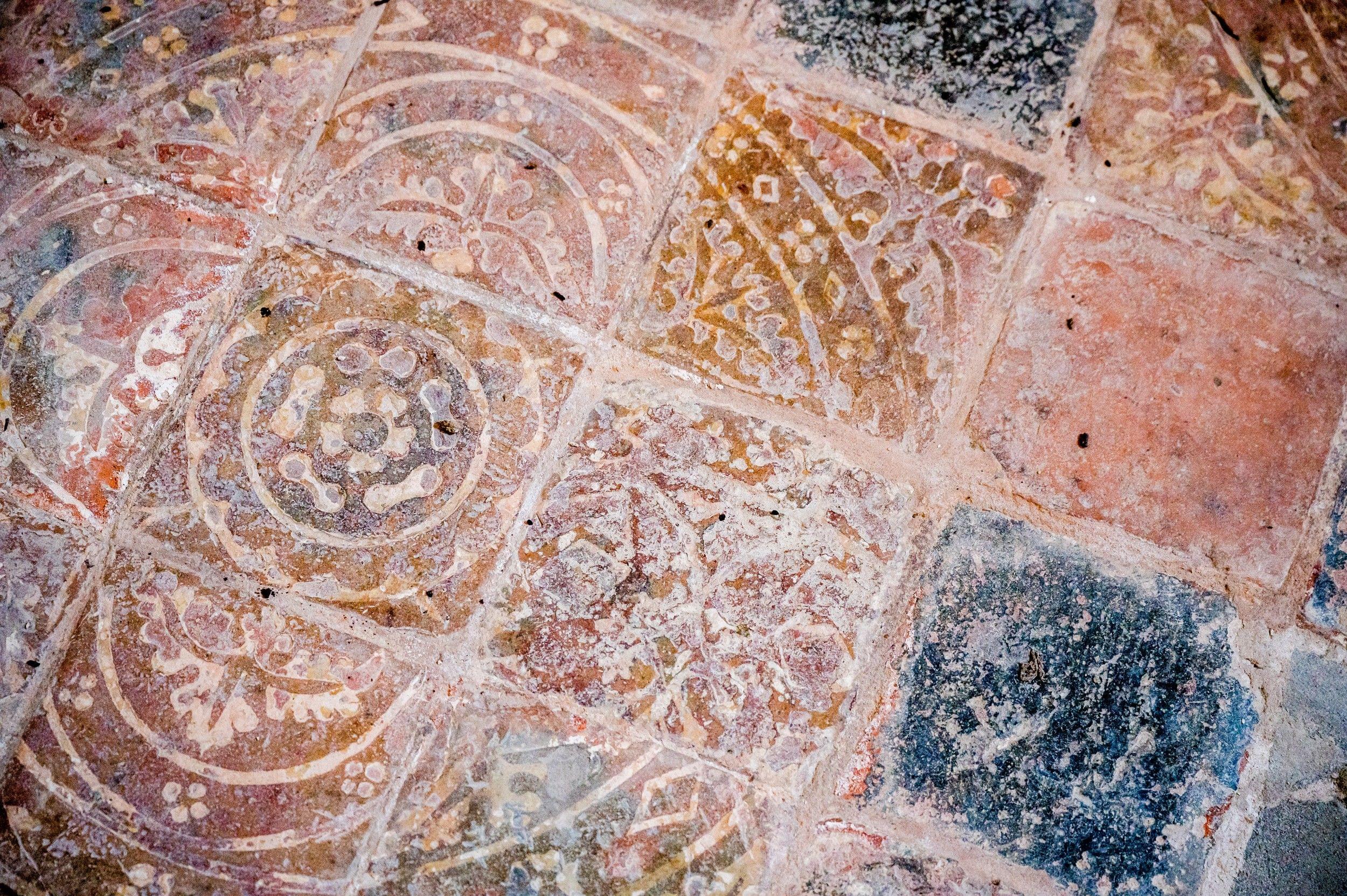St Luke
Charlton, Greater London
Mentioned as early as 1077, the present church was built with funds left by Charlton House's owner Sir Adam Newton. Spencer Perceval is buried here.

It is believed that there has been a church on this site since the 9th century or even earlier, St Mary Magdalene stands at the end of a spur of high ground, which reaches out northwards towards the River Thames.
Woolwich, Greater London
The church that existed prior to the present one was located nearer the River Thames and in Elizabethan times, it had a spire. The spire eventually fell down, and this was the first sign that all was not well with the foundations. It is hardly surprising that the former church fell down as sand had been dug from the little hill on which the church had been built for many years to be used as ballast in the boats on the river. Money was obtained from a special fund dedicated to Queen Anne for building fifty new churches in London and the present building was started in 1732. The church was completed in 1739 and dedicated on 9 May 1740.
The organ was installed by Harrison & Harrison in 1900 and has three manuals and foot pedals. It is considered to be one of the finest organs in the district.
The finances for the pulpit were raised by public subscription to commemorate the Diamond Jubilee of Queen Victoria. This is one of only a few pulpits to be mounted on rails. The rails enabled the pulpit to be pushed aside during a Communion Service so that the congregation could see clearly what was happening at the high altar. At ‘preaching services’ the pulpit was pushed almost to the centre of the Chancel steps where the preacher could be seen and heard by everyone.
There is a fine ring of eight bells in the tower; and the first recorded peel was in 1826.
In the Lady Chapel is a memorial dedicated to Henry Maudsley, the great engineer. Henry designed his own tomb and was buried in it. It is near the footpath towards the river. When some work had to be done in that area of the churchyard some years ago, the Maudsley Society removed the tomb and put a new memorial in the Lady Chapel.
There is a huge coat of arms on the wall of the entrance porch. On the outside of the church, on the south side, there is a sundial, but sadly this has folded against the wall, and, because of the large trees nearby, very little sun gets through to help us tell us the time!
If you carry on to the east end of the church, you will see the entrance to the crypt and below the east window a plaque dating back to 1894. Turning towards the river, you cannot fail to see the large stone lion at the end of the path to your right. It is a memorial to Tom Cribb, the famous bare fist fighter. The memorial was paid for by public subscription. When Tom retired from the ring, he went to live with a son who had a bakery just along Woolwich High Street.
Many headstones from the graves in the churchyard were repositioned against the wall of the churchyard when the care of the gardens was handed over to the Borough Council. The Council still looks after the garden today, and they have made it into a little oasis amid all the blocks of flats in the area. The churchyard still belongs to the church; and underneath the pleasant gardens still exist the hundreds of graves of those buried in previous centuries.
Charlton, Greater London
Mentioned as early as 1077, the present church was built with funds left by Charlton House's owner Sir Adam Newton. Spencer Perceval is buried here.
Blackheath, Greater London
The church traces its origins back to 1863 when eight residents of Blackheath asked Charles Haddon Spurgeon of the Metropolitan Tebernacle for permission to start a separate fellowship in this area.
Charlton, Greater London
The parish began in a Regency house, once home to Baron Sir William Congreve, the father of modern rocket technology.